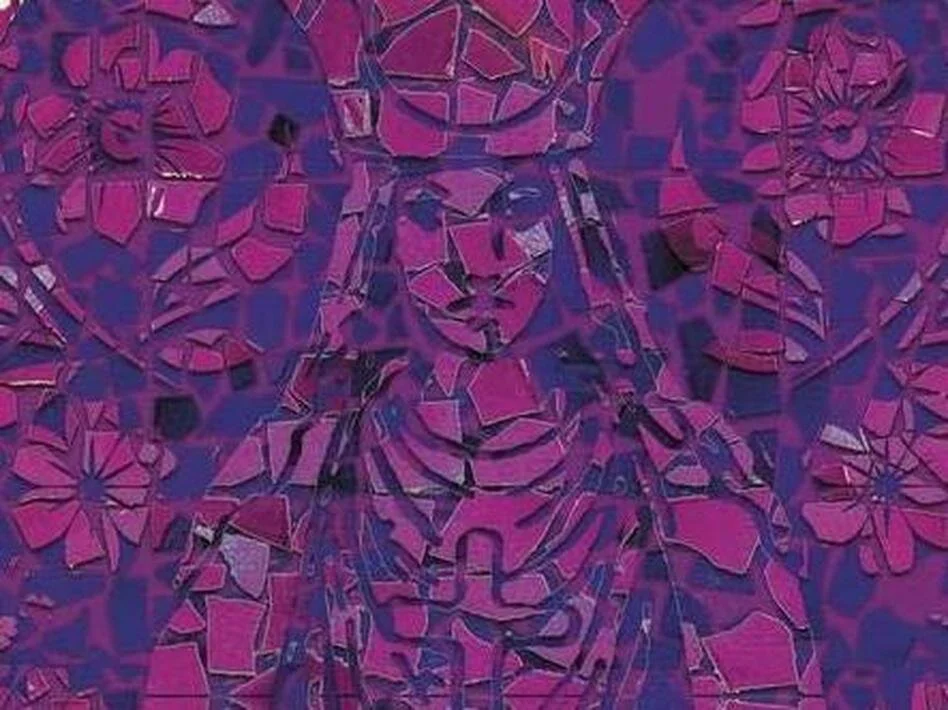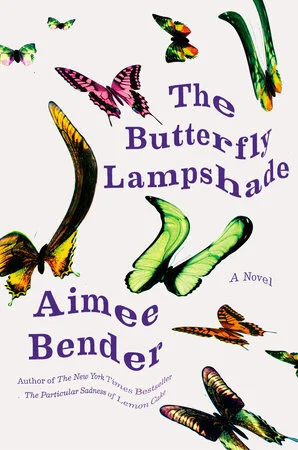Have you ever wondered what the B-plot characters in comic books really think of those limelight superheroes? In The Refrigerator Monologues by Catherynne M. Valente, you learn, and, oh man, is it fun to find out. Valente may be better known for her novel Radiance and the hit Fairyland series, but she's a comics nerd too, and a wonderfully vocal one. Centered around female characters who follow the "women in refrigerators" trope, Valente’s collection of stories gives a voice to the women whose superhero boyfriends were so torn up by their tragic deaths. Every tale is told from one of Deadtown’s “Hell Hath Club,” women who have been “killed, maimed, or depowered” in order to move a male protagonist’s plot forward. Now, Valente has fully developed these women into protagonists in their own right, and tellers of their own stories.
Lisa Mahoney: The “women in refrigerators” trope comes from Green Lantern #54, in which our hero discovers his girlfriend murdered by his nemesis, and stuffed into a refrigerator. Her death is the incident that will motivate Green Lantern to undertake his predictable revenge. Comics writer Gail Simone published a list of other murdered girlfriends (like Spider-Man’s Gwen Stacy) and de-powered heroines (like X-Men’s Jean Grey) who got raw deals to advance the male heroes’ stories.
Valente's book could be assigned reading for any love-struck young woman who finds herself changing into a secondary character to suit her boyfriend’s goals. In story after story, Valente’s advice is clear: follow your own path, gals, because relationships are good while you two are equals, but as soon as you elevate him over yourself, you’re already dying.
Danyelle C. Overbo: Just as the women in The Refrigerator Monologues lament, you really can’t talk about them without also talking about their superheroes: those boyfriends who, directly or indirectly, ruined their lives. But there is a lot of power in telling your own story, and hearing these women explain their perspective in their own words lets us see these superheroes from another angle—an angle where, whether through their own arrogance or cluelessness, these men undo what the women in their lives attempt to build. The stories of the female superheroes who were depowered and undermined by the loves of their lives, under the shaky reasoning of “for their own good,” were especially chilling.
Theodore McCombs: And it’s a very particular kind of cluelessness, isn’t it? In only one story—involving a certain puppet-themed villain/villainess pairing—is the man actually evil; and while the Aquaman stand-in is a fragile-egoed douche, most of the boyfriends are “great guys.” It makes sense why their girlfriends love them. But all of them expect the world to shape around their story, and so ignore the impact of their superheroing on these women. They’re so preoccupied with their powers and plot lines, they never expect her to be the one targeted; or maybe, wrapped up in supervillains, they just fail to see ordinary, human tragedies happening.
LM: Or it’s all of the above. One such case study is “Happy Birthday Samantha Dane,” the girl in the refrigerator herself. Samantha gives up her dreams and works two jobs to pay the bills for her super boyfriend Jason. Samantha’s diminishment enables him to go out nights to save the world with his Green-Lantern-like powers and superhero friends, and as thanks for her sacrifice, Jason’s supervillain, a walking metaphor, kills her.
TM: That metaphor is “the Dealmaker,” whose handshake binds you to whatever devil’s bargain he proposes. It’s as if Valente is saying Samantha’s death and her diminishment are part of one raw deal; by not being equal partners with Jason, she becomes dispensable.
Green Lantern feels your pain, ladies.
LM: If you’re not the protagonist in your own story, you’re the plot device in someone else’s. Don’t be the groupie in the mosh pit when you can play guitar. Stop writing other people’s college essays and make your own art. Samantha does get one good lick in, however, pointing out to Jason—a fight-the-power outsider artist—that as a superhero vigilante, he’s become Authority with a capital A.
DCO: It’s subversive in the best way, challenging these universal clichés of the superhero genre.
TM: As someone with a lot of loyalty to comics, I felt a huge catharsis seeing these tropes being called out in-world, whether it’s fridging, the friendly fascism of vigilantes, or Batman’s relentlessly grim palette. Or take the story of Daisy Green, the plucky legal secretary, actress, and superhero girlfriend who falls into a mean-streets decline of porno films and heroin, then she’s given AIDS, and then she dies. That’s a bracing one, jaw-dropping even after everything that’s come, but Frank Miller wrote every one of those tragedies on to Karen Page, whose only original sin was her adjacency to Daredevil. Miller was hell-bent on gritting up ol’ Hornhead, and Valente lets Daisy rail on how clichéd Miller’s edginess was:
You gotta keep up with the times, appeal to modern sensibilities. You have to do something more extreme. Darker. Grittier. More real. You need to be cut down a little. Let ‘em see you vulnerable. Let ‘em see you bleed.
Daisy isn’t talking about comics here, but about her porno films, and what she’s been pushed to do to “keep those eyeballs transfixed, Miss Thing.” That’s a sly, devastating comparison, but rather than write the umpteenth essay calling Miller a chauvinist hack, Valente is giving Karen Page the chance to call him that herself.
DCO: Valente wrote she went into this project wanting to “fix Gwen Stacy dying,” but she admits she couldn’t. Dying is Gwen Stacy’s “thing.” But, as Valente put it, what she could do was “turn on a mic and let the damsel scream.” That scream is well worth hearing.
LM: Even better, Daisy, Samantha, and the others can hang out for eternity in the Hell Hath Club with like-minded women who “give no f***s for the hackneyed, predictable tales steaming on without us, full speed ahead. We escaped.”
DCO: Valente has said, “If you’re a comics fan, you’ll know who I’m mad about.” She’s built an entirely separate world of superheroes from the traditional DC/Marvel ones, but this statement couldn’t be truer. I only know comics superficially, due to the scores of movies coming out about them, but I still could tell exactly who all six women are supposed to be. I say that’s a good thing. It makes the stories all the more compelling.
TM: It’s a gloriously savage form of critique: just repeat back to the accused exactly what they’ve done, baldly and stripped of its moment. That’s what Gail Simone’s original list was: a list of women and what was made to happen to them. But maybe the most devastating retort Valente levels is the mordant fun she has. The comic-book nonsense she throws up, the ironic undercuts to superhero pretensions, the refusal to take these men as grimly and tragically as their writers took them, while still, somehow, loving them, and the ecstatic language she rolls out, incandescent with rage and wit—it all takes the piss out of Miller and his ilk. With the stage machinery of high tragedy torn down, all that’s left is the fridge and the list.
DCO: Every one of these woman has a clear, distinctive voice, and I loved delving into each tale. I found myself rooting for them even though I already knew how their story would end. The read was easy and almost too quick for me. I hope there are—just like with its namesake—more monologues to come, because I have a feeling that Valente has only scratched the surface.















Cadwell Turnbull's new novel — the first in a trilogy — imagines the hard, uncertain work of a fantastical justice.